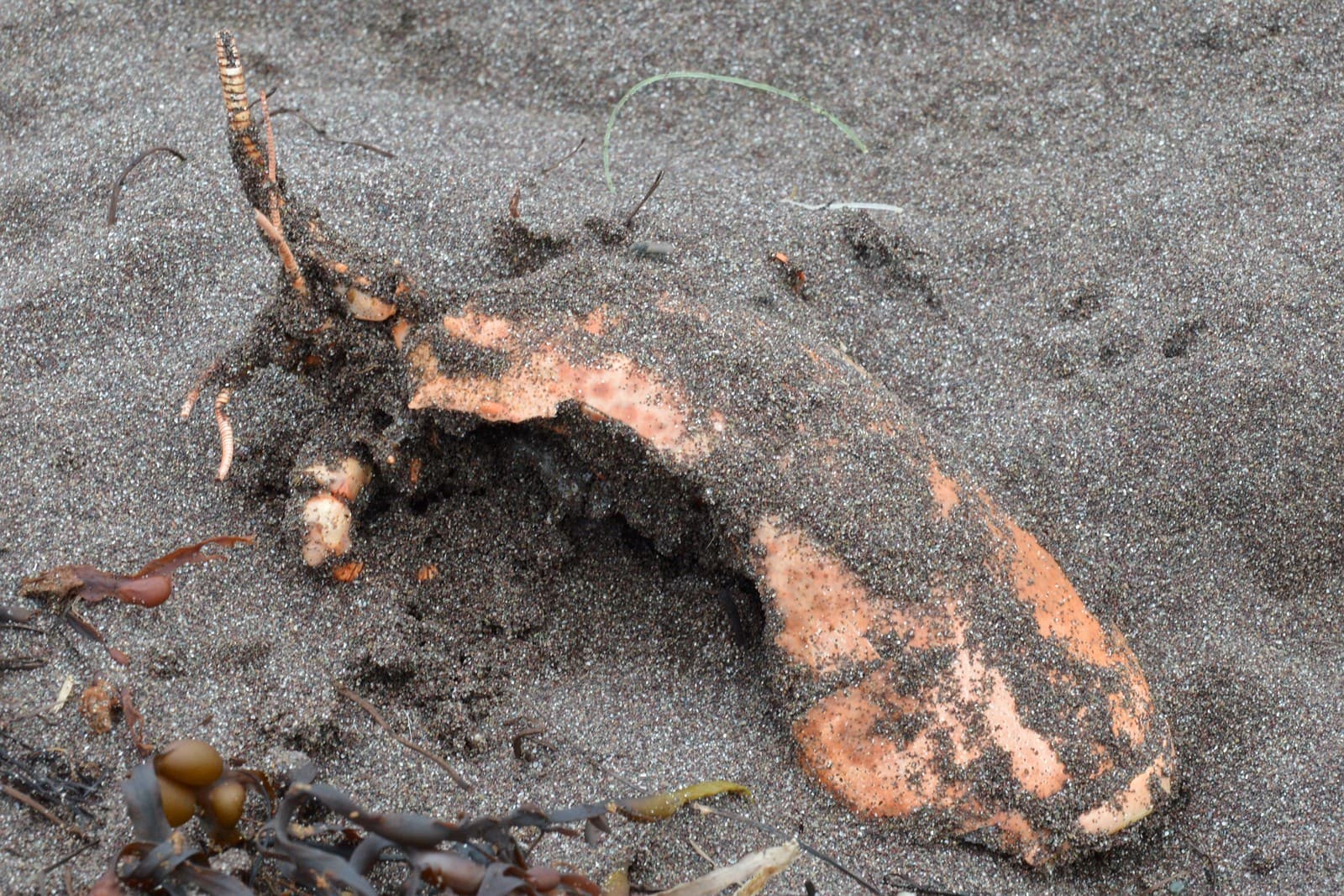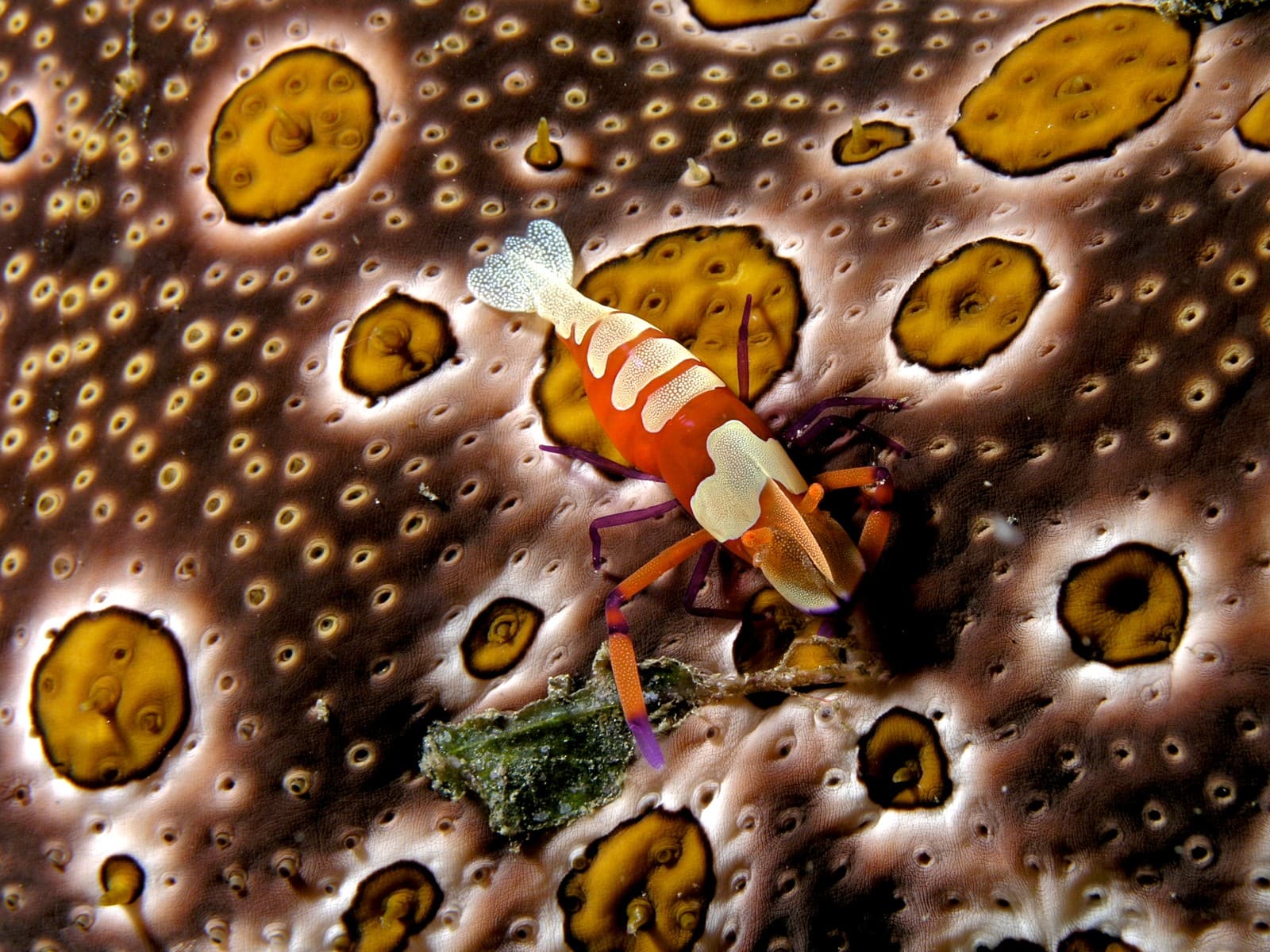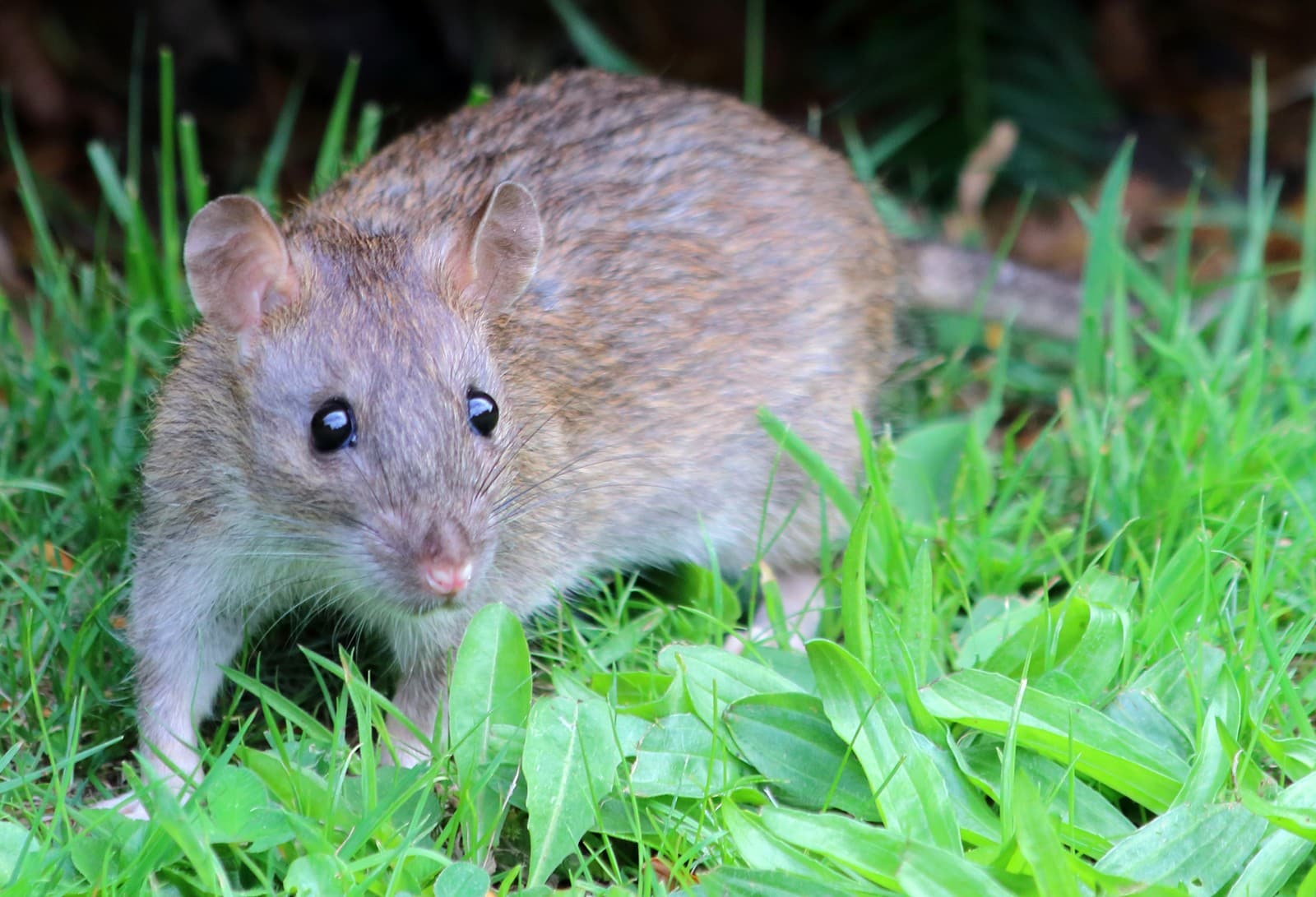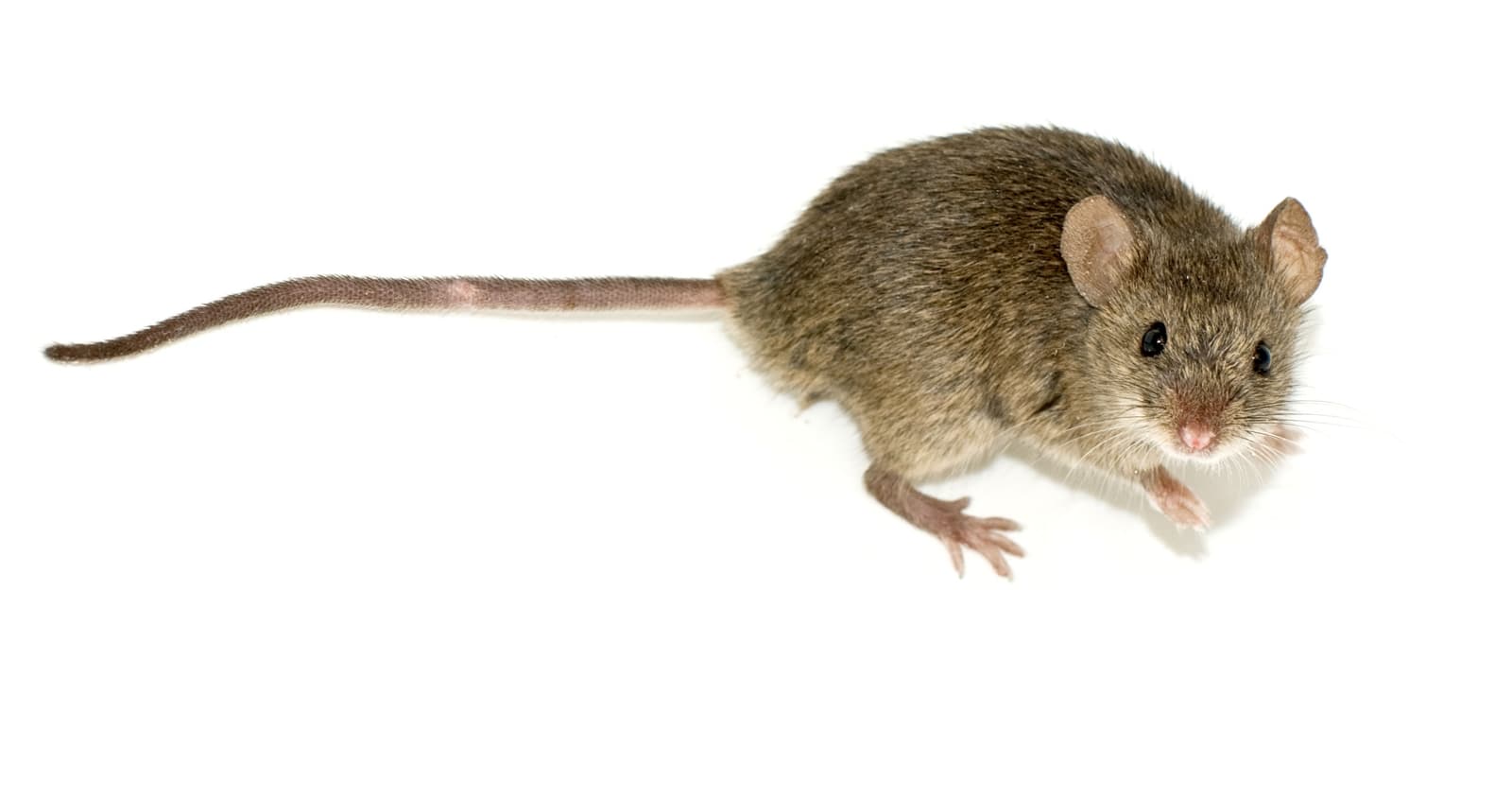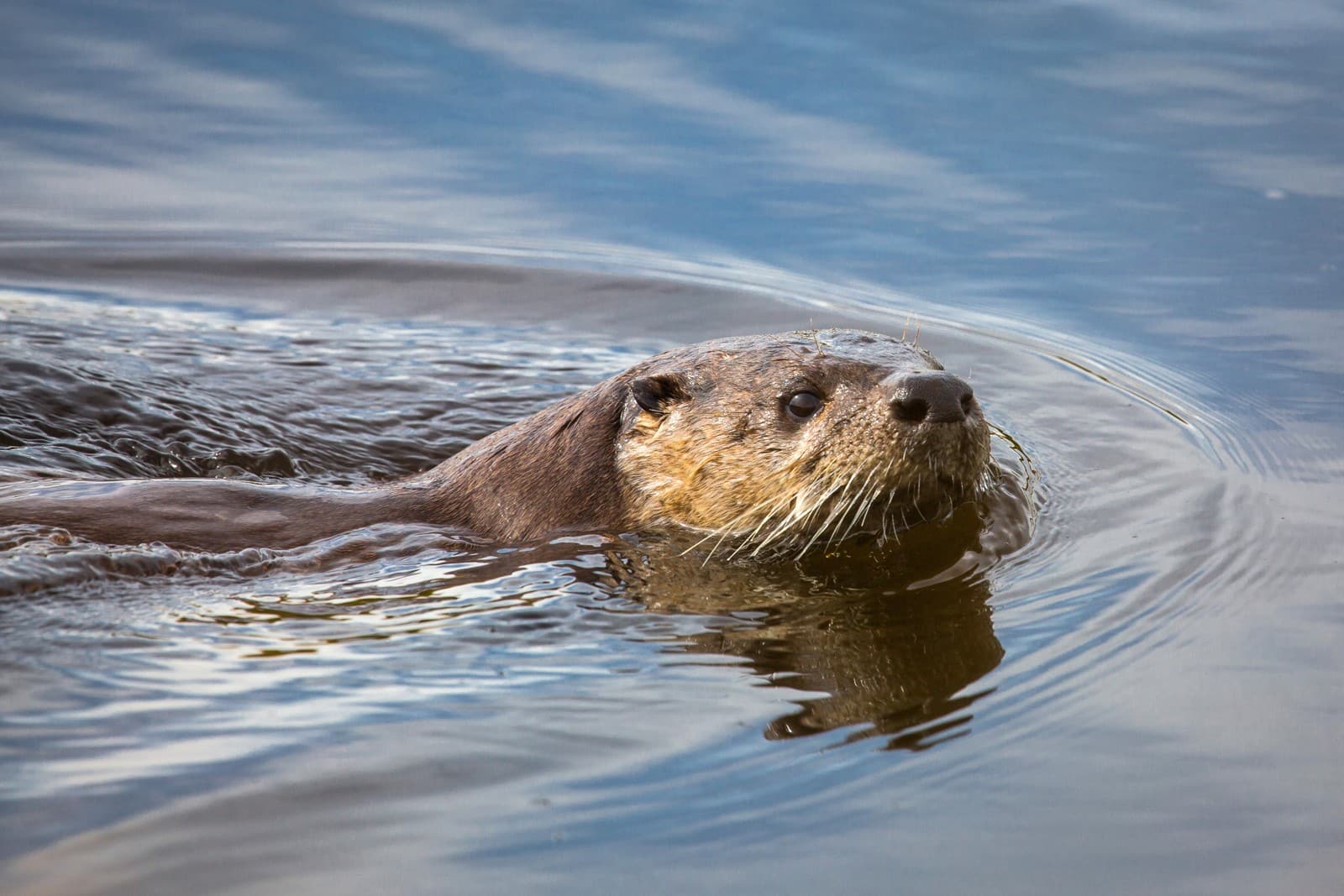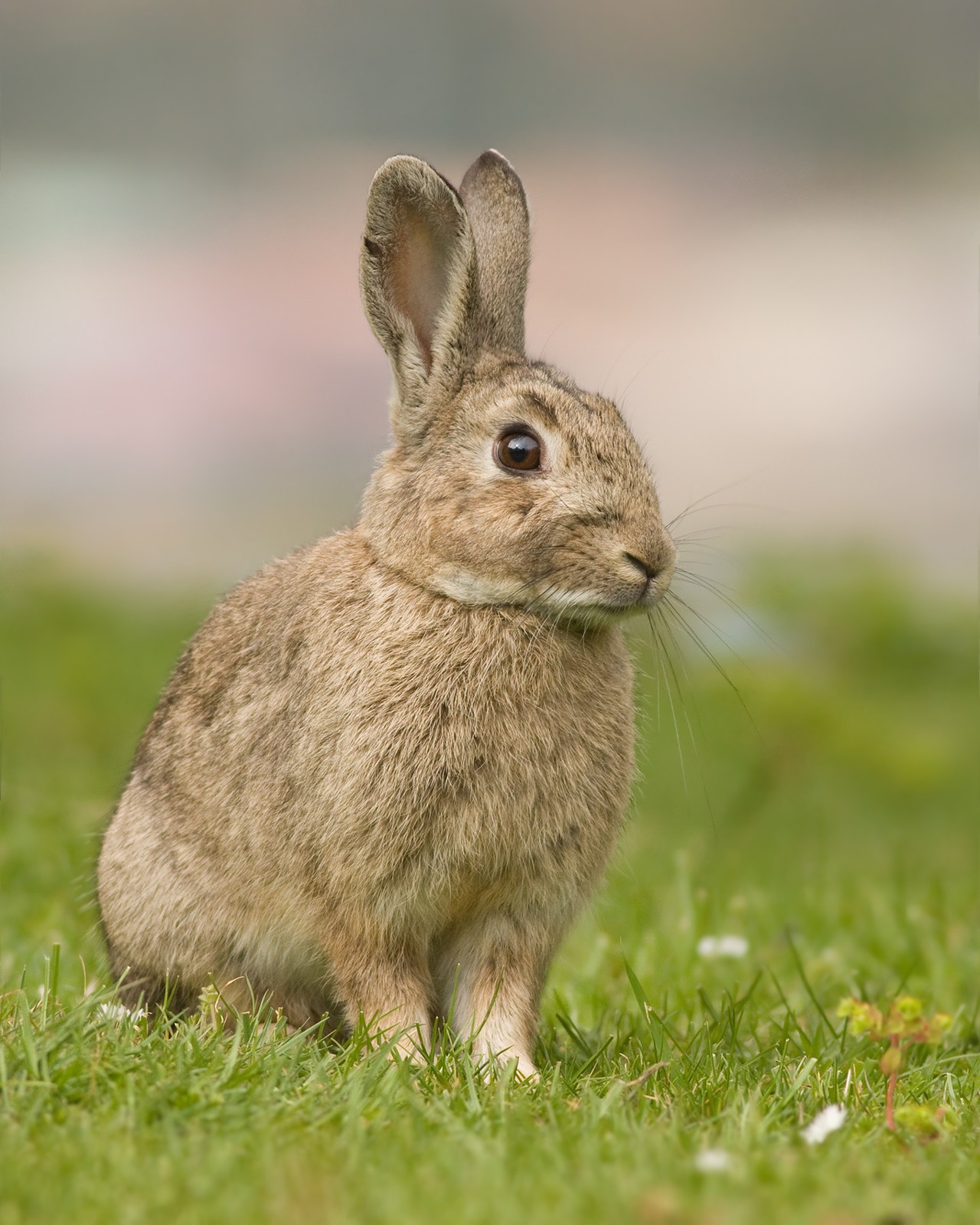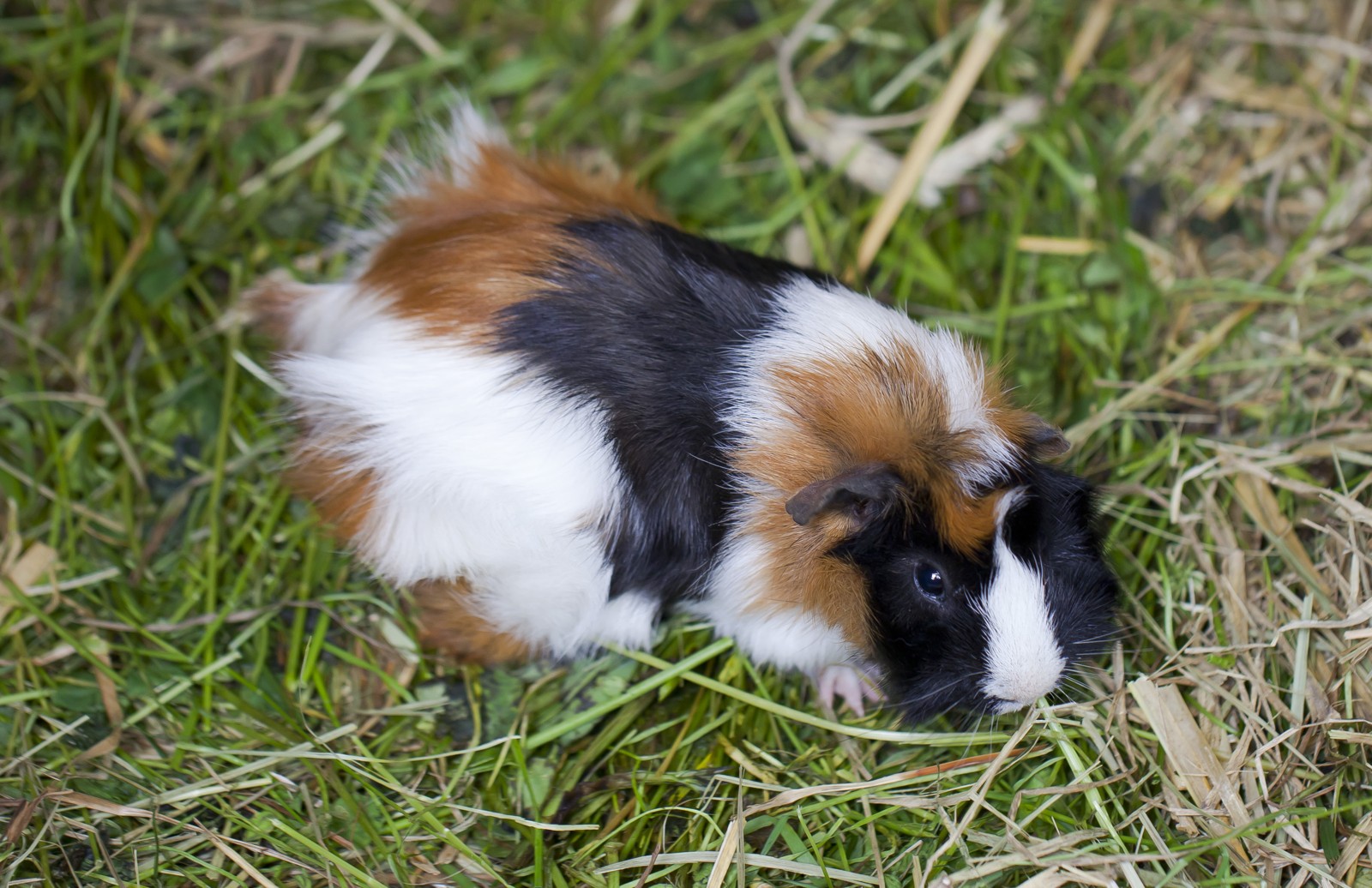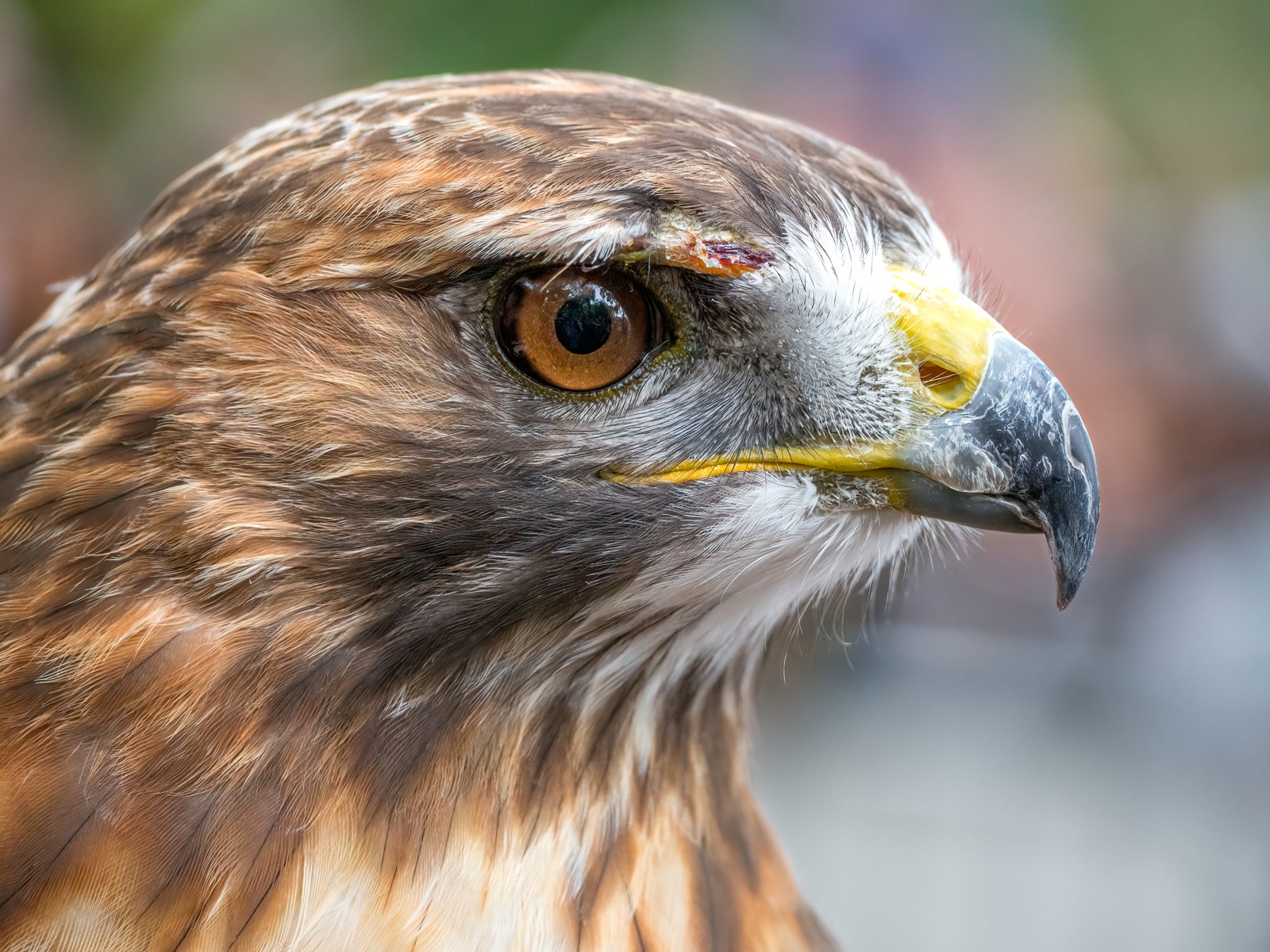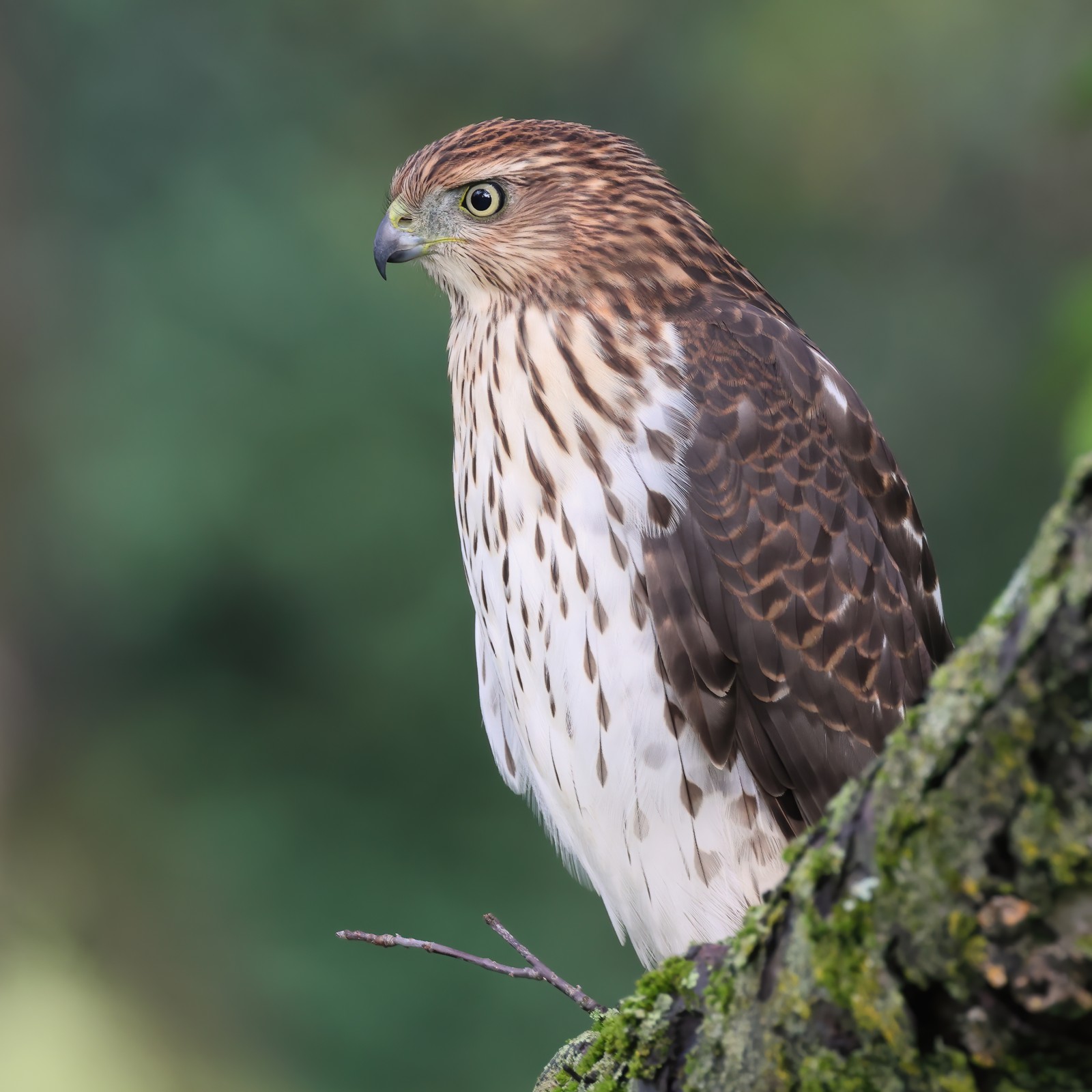Kakapo vs Kea: A Complete Comparison
The Kakapo and Kea represent two extraordinary extremes of parrot evolution, both found only in New Zealand but adapted to radically different lifestyles. While the Kakapo is the world’s only flightless parrot, weighing up to 9 pounds (4.1 kg), the Kea has become the world’s only alpine parrot, soaring through mountain passes at elevations up to 6,000 feet (1,830 meters).
These two native New Zealand parrots showcase remarkable adaptations that make them unique among the world’s 393 known parrot species. The nocturnal Kakapo has evolved into a gentle giant with moss-colored camouflage, while the diurnal Kea has developed problem-solving abilities that rank among the highest of any bird species tested.
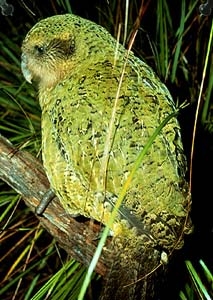
© Gnomon at Hungarian Wikipedia / CC BY-SA 3.0
The critically endangered Kakapo displays its characteristic moss-green plumage, perfectly evolved for nocturnal camouflage in New Zealand’s ancient forests. Despite being flightless, these remarkable parrots are excellent climbers, using their powerful legs and specialized feet to navigate through dense vegetation.
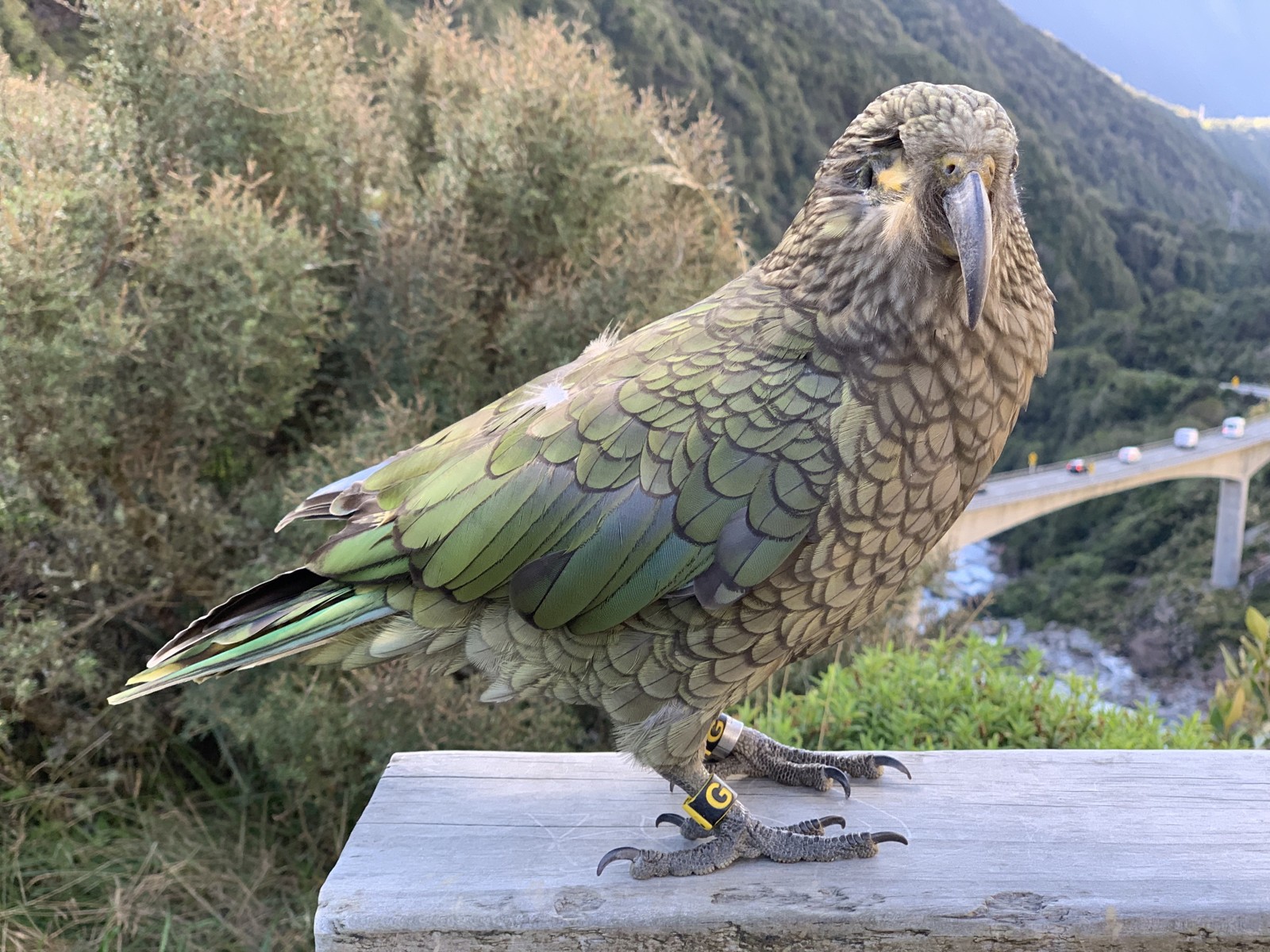
© Mrspidernz / CC BY-SA 4.0
The intelligent Kea demonstrates its characteristic inquisitive nature, perched in its alpine habitat. These remarkable parrots have adapted to life in harsh mountain environments, developing problem-solving abilities that help them exploit diverse food sources.
Key Differences Between Kakapo and Kea
| Feature | Kakapo | Kea |
|---|---|---|
| Size & Weight | 23-25 inches (58-64 cm), 4-9 lbs (1.8-4.1 kg) | 19 inches (48 cm), 2-3 lbs (0.9-1.4 kg) |
| Activity Pattern | Strictly nocturnal | Diurnal |
| Habitat | Lowland forests | Alpine regions up to 6,000 ft |
| Flight Ability | Flightless | Excellent flyer |
| Diet | Herbivorous (mainly fruit & plants) | Omnivorous (including carrion) |
| Population Status | Critically endangered (~200 individuals) | Threatened (~3,000-7,000 birds) |
Habitat and Behavior Differences
The Kakapo inhabits dense forest areas, primarily active during nighttime hours when it forages on the forest floor and climbs trees to feed on fruits, seeds, and vegetation. These solitary birds have developed a unique breeding system called lek breeding, where males gather to compete for females through elaborate displays.
In contrast, Kea thrive in harsh alpine environments, demonstrating remarkable intelligence through tool use and cooperative problem-solving. They’re known for their destructive curiosity, often investigating and dismantling human equipment and structures in their mountain habitat.
Intelligence and Adaptations
While the Kakapo has evolved specialized features for nocturnal life, including highly developed whisker-like feathers around its beak and excellent night vision, the Kea has developed different cognitive adaptations. Scientists consider Kea among the most intelligent birds globally, showing abilities comparable to primates in problem-solving tests.
Conservation Status and Threats
The Kakapo faces extreme endangerment with only about 200 individuals surviving, each named and closely monitored by conservation teams. Their recovery program represents one of the most intensive wildlife conservation efforts globally.
Kea populations, while more numerous at 3,000-7,000 individuals, face their own challenges from habitat loss, lead poisoning from old building materials, and human conflict due to their destructive behaviors around human settlements.
Who Would Win in a Confrontation?
While a physical confrontation between these species would be extremely unlikely due to their different habitats and activity patterns, the Kea’s superior agility, flight capability, and more aggressive nature would give it a significant advantage despite the Kakapo’s larger size. However, both species are generally non-aggressive toward other birds, making such encounters improbable in natural settings.
Diet and Feeding Habits
The Kakapo’s diet consists primarily of native plants, fruits, and seeds, with a particular fondness for the fruit of the rimu tree. Their specialized digestive system allows them to extract maximum nutrition from fibrous plant material.
Kea display more versatile feeding habits, consuming everything from roots and berries to insects and carrion. Their opportunistic nature and problem-solving abilities allow them to exploit various food sources, including some human foods when available.
Breeding and Reproduction
Kakapo breed every 2-4 years, corresponding with mass fruiting events of certain trees. Females lay 1-4 eggs and raise chicks alone, with each chick requiring several months of care before independence.
Kea typically breed annually, producing 2-4 eggs per clutch. Both parents participate in chick-rearing, with young birds remaining with their parents for several months after fledging.
